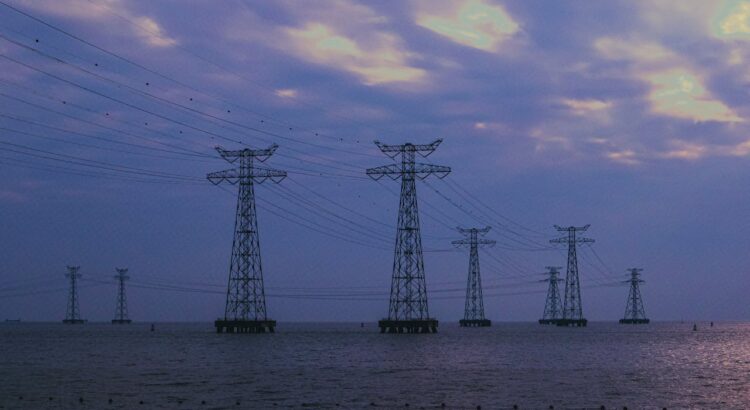The landscape of public utilities is on the brink of transformation, driven by technological advancements, changing consumer behaviors, and a growing emphasis on sustainability. The future of public utilities is poised to be more efficient, sustainable, and consumer-centric than ever before, reshaping how we access and manage essential services like electricity, water, gas, and more.
Technological Advancements Revolutionizing Utilities
- Smart Grids and Metering: The integration of smart grids and meters enables real-time monitoring of energy usage, offering consumers insights into their consumption patterns and allowing utility providers to optimize distribution and reduce wastage.
- Renewable Energy Integration: The future of utilities leans heavily towards renewable energy sources. Solar, wind, and other green energy alternatives are becoming more accessible and cost-effective, leading to a shift away from traditional fossil fuel-based energy production.
- IoT and Connectivity: The Internet of Things (IoT) is revolutionizing utilities by connecting devices and systems. Smart appliances, thermostats, and water meters communicate with each other, enhancing efficiency and enabling better resource management.
Consumer-Centric Approach
- Demand Response Programs: Utilities are increasingly adopting demand response programs that incentivize consumers to adjust their energy usage during peak times. This not only reduces strain on the grid but also allows consumers to save on utility costs.
- Personalized Energy Solutions: Tailoring utility services to individual consumer needs is on the rise. Customized energy plans and services cater to specific usage patterns, empowering consumers to have more control over their utility consumption and costs.
Sustainability and Environmental Impact
- Decarbonization Efforts: The future of public utilities involves a significant push towards decarbonization. Utility providers are investing in low-carbon or zero-emission technologies to reduce their environmental footprint.
- Water Conservation Initiatives: Water utilities are adopting innovative solutions for water conservation, such as advanced leak detection systems, water recycling, and smart irrigation technologies, to ensure sustainable water management.
Challenges and Opportunities
- Infrastructure Modernization: Upgrading aging infrastructure to accommodate new technologies is a significant challenge for utility providers. However, it also presents an opportunity to enhance efficiency and reliability.
- Regulatory Adaptation: Evolving regulations and policies will play a crucial role in shaping the future of utilities. Creating a conducive regulatory environment can encourage innovation and investment in sustainable practices.
Conclusion: Paving the Way for a Sustainable Future
The future of public utilities is undeniably intertwined with innovation, sustainability, and consumer empowerment. Embracing technological advancements, adopting eco-friendly practices, and prioritizing consumer needs will define the trajectory of utilities, paving the way for a more efficient, resilient, and environmentally conscious future.
As we move forward, collaboration between stakeholders – utility providers, policymakers, technology innovators, and consumers – will be vital in shaping a future where access to essential utilities is not only reliable but also sustainable for generations to come.
